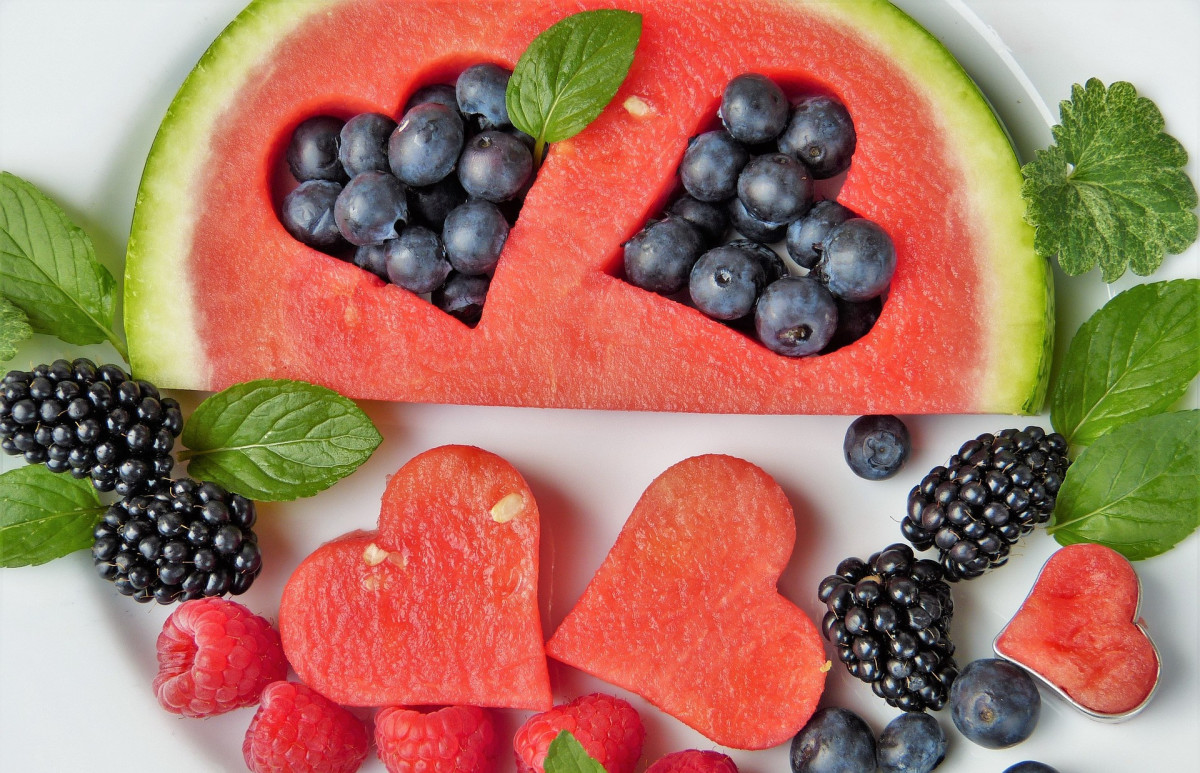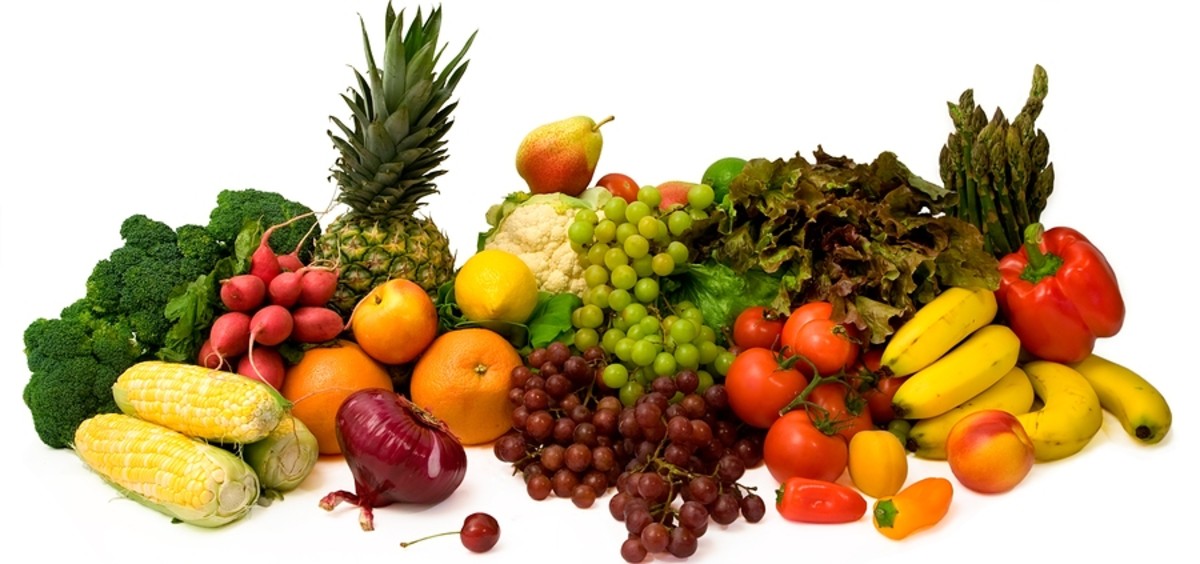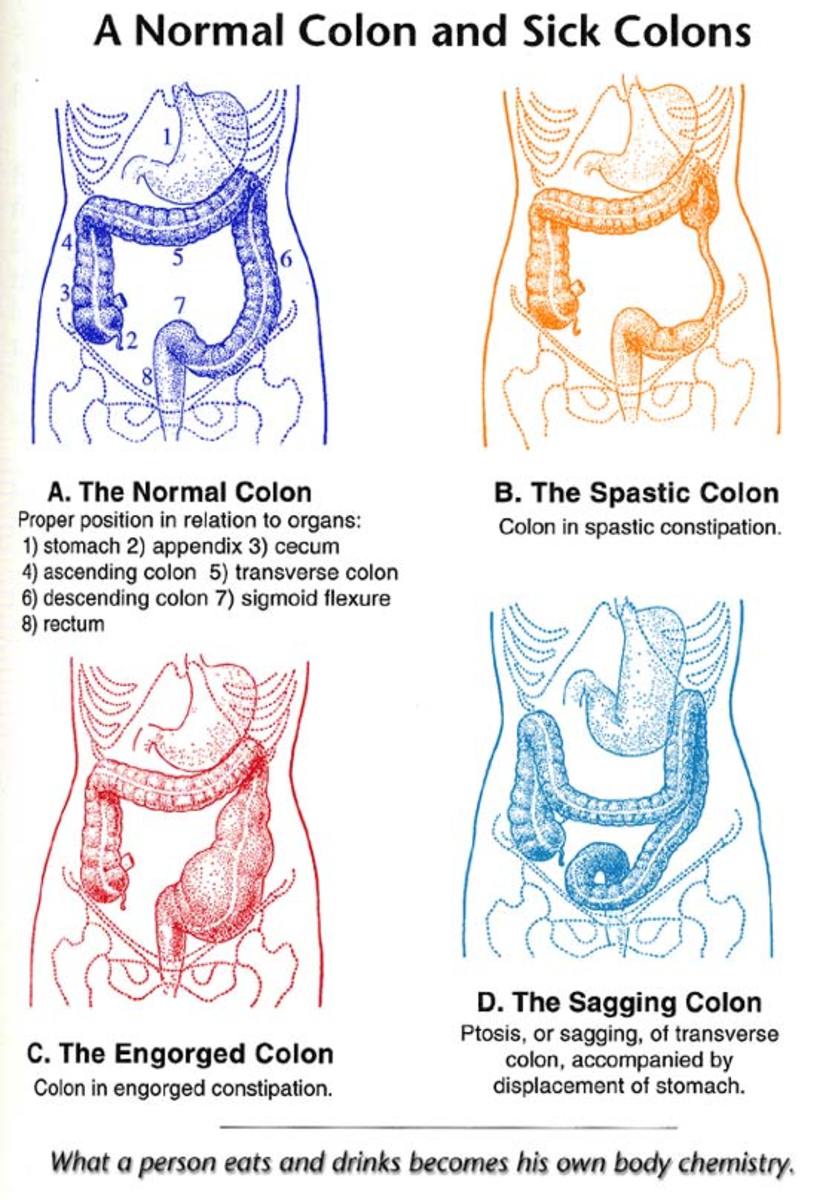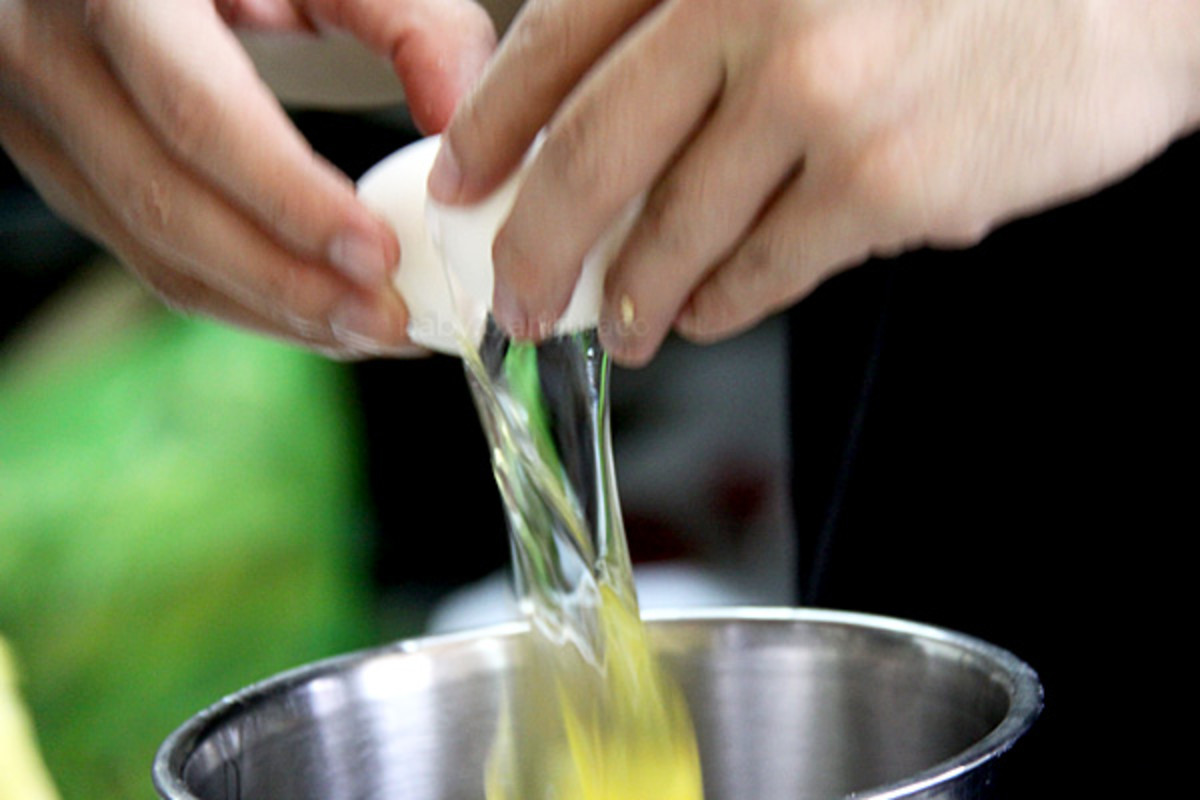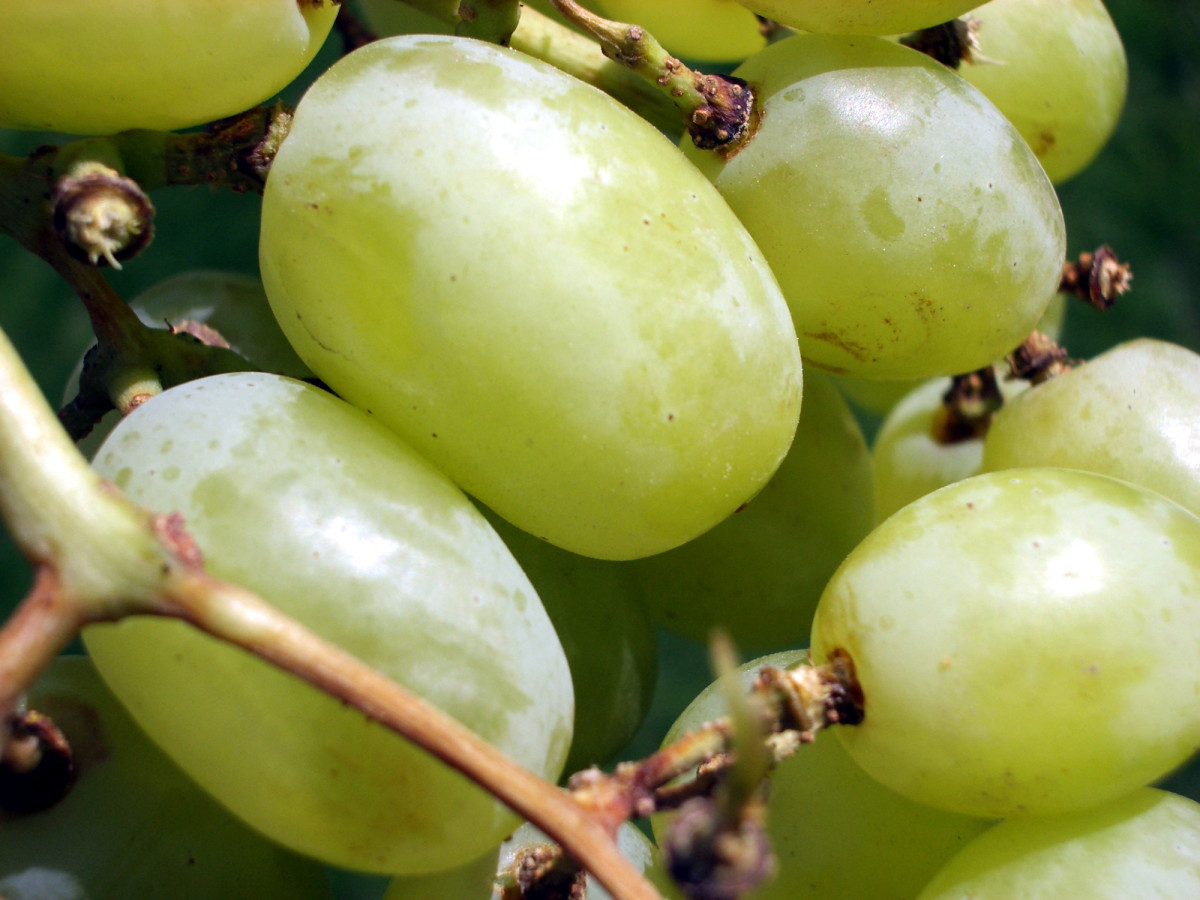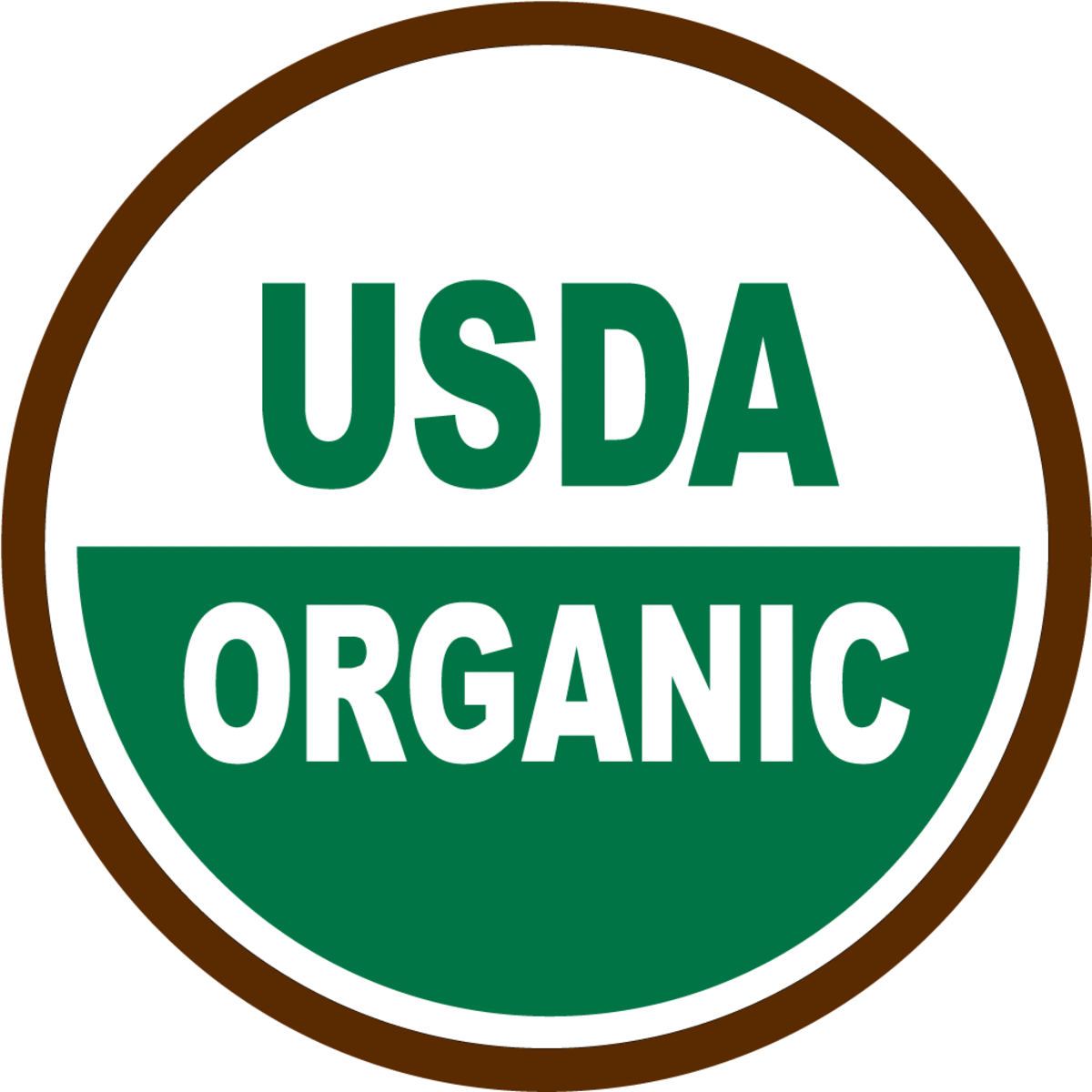Food Texture- Real Reason We Dislike Certain Foods?
Most people have foods they vehemently despise. And most of us presume we don’t like these foods because we don’t like the taste. I believe food texture is underappreciated, and plays a much more prominent role in our food likes and dislikes than we give credit for.
Think about it- if something doesn’t feel right in your mouth, then it doesn’t matter what it tastes like. It doesn’t matter how good it is for you, or how many nutrients it has. It’s probably just not going to happen if the texture is offensive to you.
On the other hand, some textures are just incredibly pleasing. I remember a friend who used to get homemade toffee as a holiday gift every year. The crunchy texture of that toffee was fantastic, like a party in my mouth. I also appreciate the texture of raw almonds. Sometimes I can’t stop eating them, not because I’m hungry, but I just can’t get enough of that great crunch.
As an occupational therapist, particularly as a pediatric OT, I have learned a lot about sensory processing. I have encountered many, many children with sensory processing issues related to food. Unfortunately, children cannot conceptualize and verbalize why certain food textures are aversive to them.
I discoveredyears ago that I too have many sensory issues associated with food. I will share examples from my personal experience of food texture aversions and a few preferences. (This is not to say that other factors don’t play a role.)
A Texture Bonanza
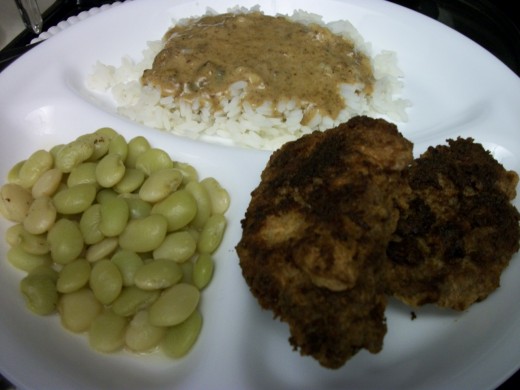
Meats, Organ Meat, and Raw
Meat fat, gristle, and skin are the first texture aversions that I identified as such. My dad says I “dissect” my meat. I’m not quite as bad as I used to be, but I still pretty carefully trim any visible fat from meats.
Many of the autistic children that I have worked with will not eat meat of any kind. I think this could be a texture issue. (I also think it’s possible that their systems don’t digest animal protein very well.) Many children on the spectrum that do eat meat will only eat chicken nuggets. And not just any nuggets. Most will only eat McDonald’s nuggets or Tyson’s. I’m convinced that this is a texture issue.
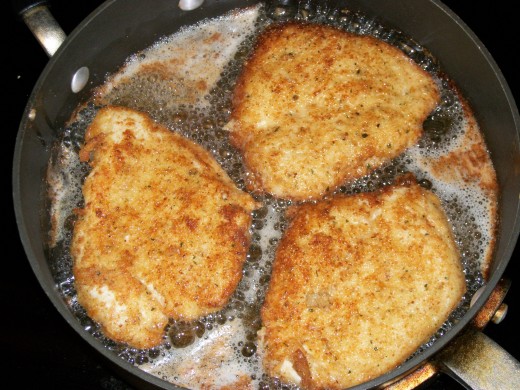
Chicken
Though a Southerner, I’m not hugely fond of fried chicken. When I do eat it, I prefer the breast or leg. If the skin is crispy, with most of the fat rendered out, I will eat it. Otherwise I pull it off. In general, I prefer my chicken cooked pretty thoroughly, what most people would refer to as “dried out”. My mom is the same way.
Most of the time I eat boneless, skinless chicken breast, or chicken tenderloins. When I cook a whole chicken in the crockpot, it kinda disgusts me to bone it, because boning entails a whole lot more. Cleaning off all the skin, fat, cartilage, etc. grosses me out a bit. The thighs are particularly disgusting. My former spouse said I waste enough to feed a family. Even when I boil chicken breasts, I tease out that large blood vessel and the tendon attachment at the end of the tenderloin.

Red Meat
I always say I only like 300% lean meat. Thankfully there are plenty of cuts of beef and pork that the fat can easily be trimmed off. I do eat bacon however, and it doesn’t have to be cooked super crispy. I also eat fried fatback every now and then.
Organ Meat
There is no organ meat that I will eat. I have tried liver a few times, and I will say I find the taste and the texture unpleasant. I can’t even bear the thought of trying other organ meats.
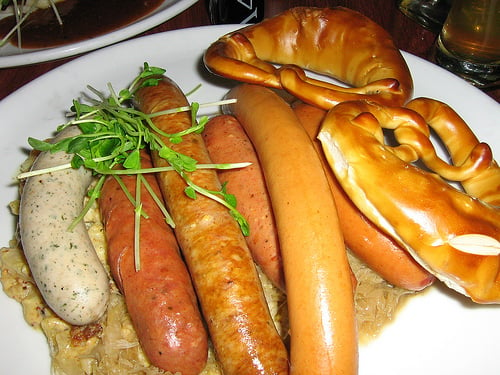
Raw
I tried sashimi when I was on temporary duty in Okinawa. I tasted yellow fin tuna. It didn’t taste fishy, nor particularly unpleasant, but the texture was exactly what I imagined raw fish texture to be- not pleasant. I have no interest in trying any other raw meat or fish.
Processed Meats
When I was a small child I ate wieners and bologna “burnt”. Ultimately I decided that I just didn’t like these meats, and I haven’t touched them in decades.
Sausage and Casings
When we lived in Germany, my then-spouse always said he loved everything about “wursties”, including the “pop” when you bite into the casing. I didn’t even like to hear him talk about the pop. There are very few sausages that I will eat.
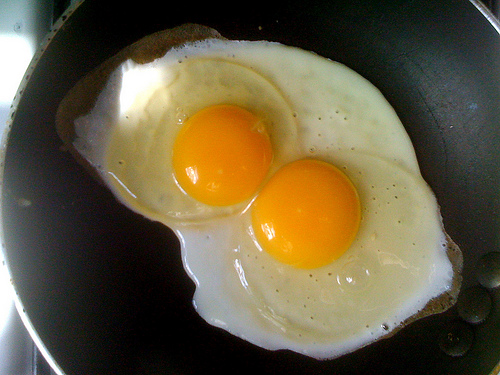
Eggs
Pat Wilbarger clued me in about eggs, and my food “quirks” in general. Pat is an occupational therapist who developed the [Wilbarger] brushing protocol for sensory processing deficits. I met Pat when the military brought her to Germany to speak at an annual continuing education conference. We talked at length because she was interviewing adults with sensory processing issues, likely because we can conceptualize and verbalize what we are experiencing better than young children can.
Pat started asking me about eggs, and it was somewhat of a eureka experience about the whole food texture experience. Apparently egg whites are a texture that many people find offensive.
I like fried eggs sunny side up, but only eat the runny “sunny”, “sopping” it with bread. Of course if the white is the slightest goopy around the yolk, that turns my stomach a tad. I’ll eat boiled eggs in things like tuna salad or potato salad, but I like to be the one to mash the eggs, because I want to make sure the whites are mashed very fine.
Fruits and Vegetables
I have encountered loads of kids on the autistic spectrum that will not eat any fruits or vegetables whatsoever. Scores of others will eat no more than three or four different fruits and vegetables. Anybody’s guess as to how much of this is related to food texture. I can say though, some of the kids prefer cooked, or softer textured fruits and vegetables, and others will only eat raw and crunchy. Surprisingly, carrots are favorite vegetables among the kids I work with, some preferring them cooked, and others only eating them raw.
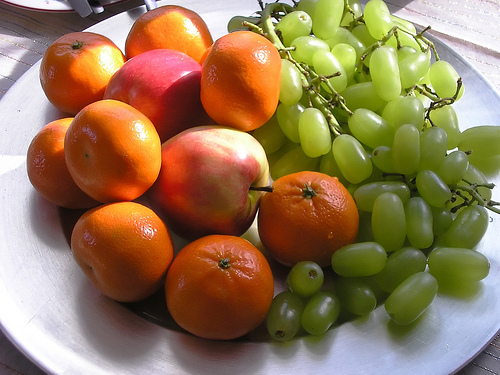
Fruit Peels and Skins
Of the kids that will eat a significant variety of fruits and vegetables, there seems to be a trend with contrasting or conflicting textures. Peels create a situation of texture contrast within one food item. I personally have never really cared for fruit peels, even before concerns of pesticides in the peels. Even with organic apples, I just don’t enjoy the peels, and don’t care that they are a good source of fiber.
I don’t like grape skins either. Most of the time I am okay with the skins of white seedless grapes. I enjoy the large purple globe grapes. I split them in half with my teeth, then run the halves down my teeth to scoop the flesh from the skin. Other than those two varieties, I don’t really eat grapes. I know plenty of children on the autism spectrum who will not eat grapes.
I even like to skin my oranges, similar to grapefruit sections. I bite along the center to remove then central section of skin, then pull the skin away from each side. I can eat whole orange sections, but enjoy skinned sections more.
Cooked Vegetables
Personally, I like most vegetables. I even like “slimy” cooked okra. My dad finds okra slime so aversive, he only eats it fried extra crispy, kinda like my burned bologna. My cooked vegetable texture “yuk” is cooked celery. With the controversy about toxins found in canned soups from plastic liners, I have celery to thank for minimizing my exposure. So many canned soups have cooked celery, which I find relatively tasteless but disgustingly squishy. I used to have the same issue with cooked onions, but I got over that.
Beans, Peas, and Corn
I like most all beans, peas, and corn. Many children however find these foods aversive because of the texture. Just like with fruit peels and skins, these foods have a skin or covering that is a completely different texture than the fleshy inside.
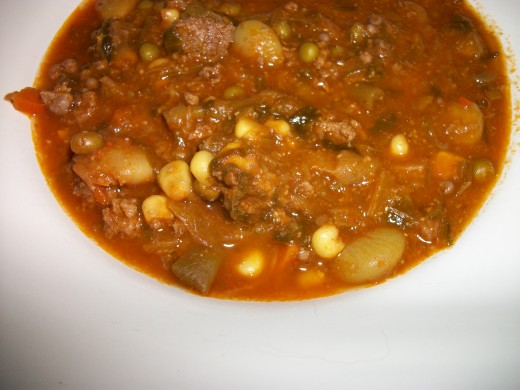
Soups and Other Mixed Textures
Sometimes I delight in texture contrasts. This seldom seems to be the case with autistic children, and other children referred to me for food texture issues. Many children will not eat soups or pasta dishes. The contrast in texture of the different components are just too disturbing.
Many of the ingredients of soup, like beans and corn, are a texture contrast all to themselves. Add to this other textures like cabbage, okra, broccoli, carrots, pasta, or rice. Even one vegetable, pasta, or rice suspended in a liquid creates a texture contrast.
Many of the children I work with will only eat starches like pasta, rice, potatoes, and bread. Although macaroni and cheese and spaghetti are popular among these children, some will only eat pasta plain. Given that loads of these kids will only eat starch, and no meat, vegetables, or fruits, I can’t help but believe that texture plays a strong role.
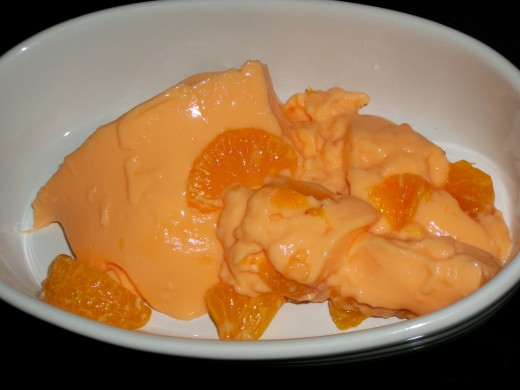
Jell-O, Cool Whip, Pudding, and Yogurt
I haven’t eaten Jell-O in years. Even then, I always said, “I just like a little Jell-O with my fruit.” Just a very aversive texture for me. I don’t like Cool Whip. For a few years, my mom was into dessert concoctions that started with Cool Whip, and had fruits or nuts and sometimes Jell-O powder. I’m not crazy about whipped cream either. For me, you scoop the whipped cream off your dessert and scoop it into your coffee. I’m okay with pudding and yogurt, but don’t eat them often.
The parents of many of the children I work with tell me their child doesn’t like “soft or squishy” foods. Many of these kids will not eat pudding, yogurt, soft cooked vegetables, or soft fruits.
Now What?
Are you convinced that your picky eater has food texture issues? Well now what do you do?! One thing I say to parents all of the time is “choose your battles”, and maybe this should not be one. Try to think of things that you do not like the texture of. Do you avoid these foods? Would you want to be forced to eat these foods?
My advice is to not force the issue. If your child’s food issues are such that food choices are extremely narrow, and you are worried about nutrition, I recommend talk to your doctor about referrals to a nutritionist, and an occupational therapist or speech therapist. This article is not intended to be a substitute for professional medical advice, diagnosis or treatment.

